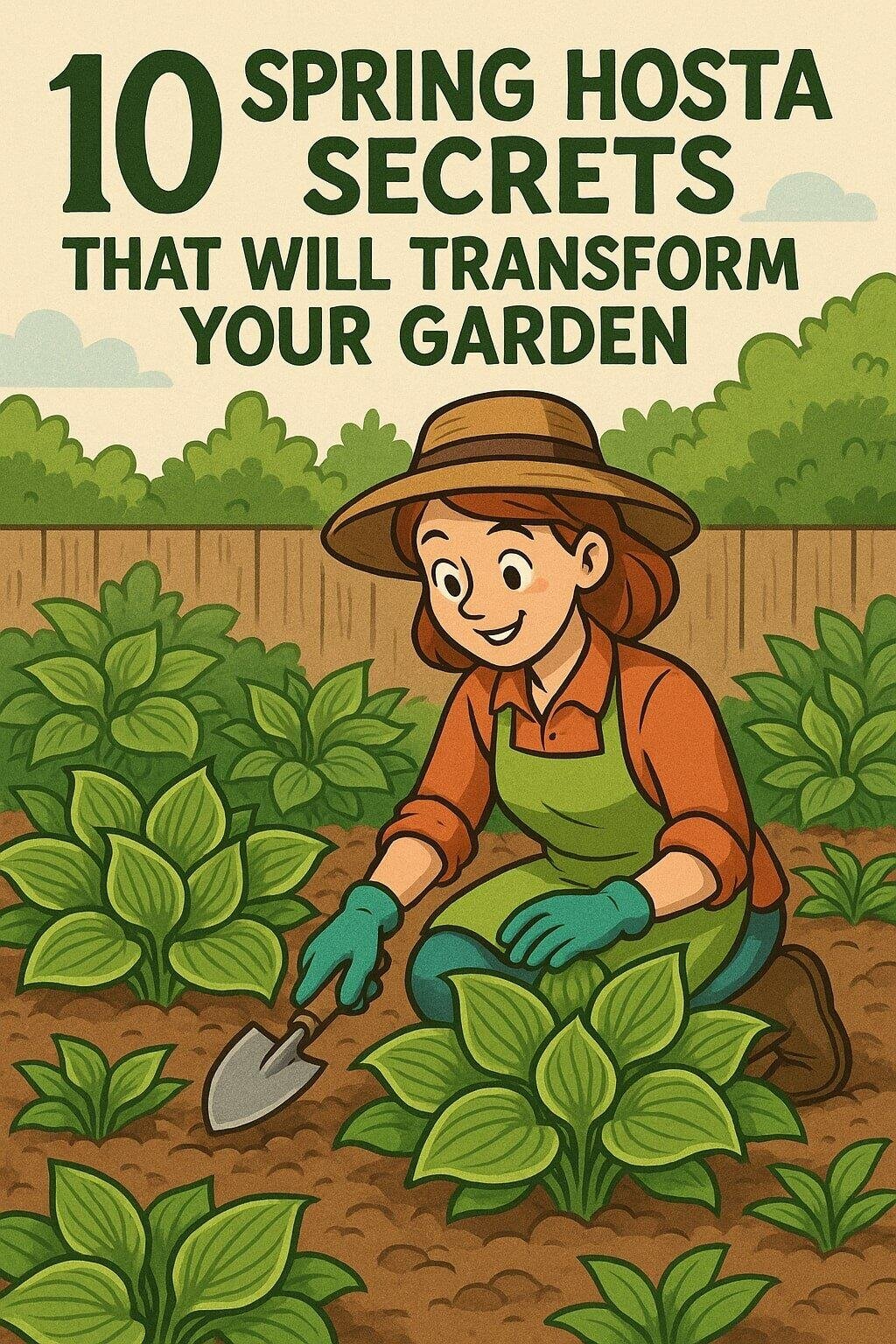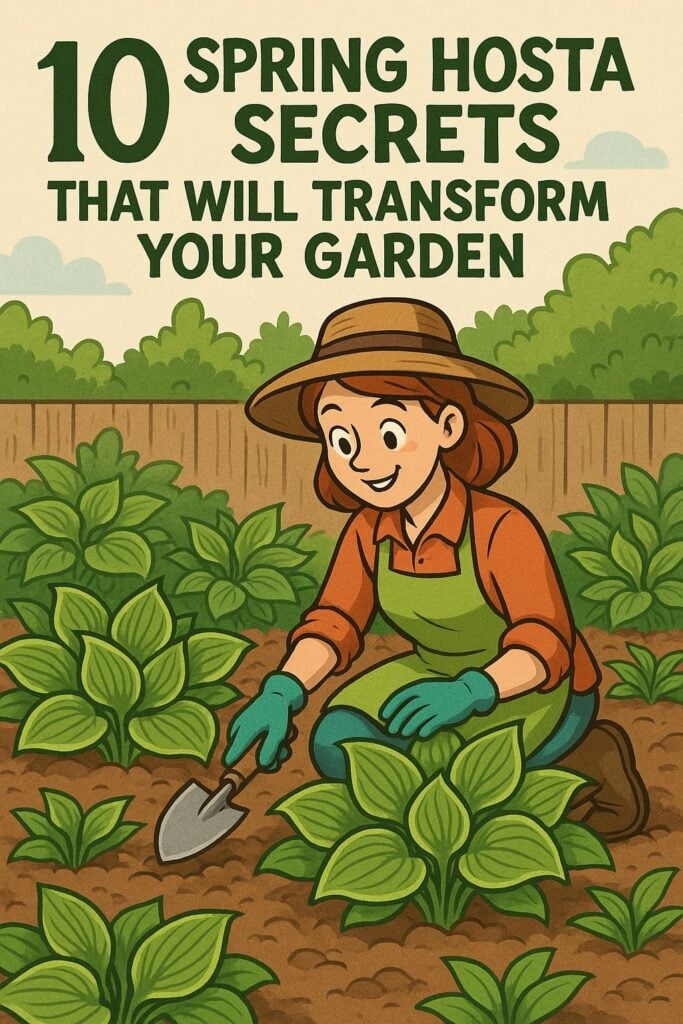
Here’s the shocking truth: 85% of gardeners unknowingly sabotage their hostas every spring by skipping these critical care steps.
While your neighbors wonder why their hostas look stressed and struggle to thrive, you’re about to discover the game-changing spring routine that transforms ordinary hosta gardens into lush, envy-inducing masterpieces.
Think of spring hosta care like tuning a high-performance engine. Skip even one step, and your entire garden’s performance suffers.
The secret most plant experts won’t tell you is that these ten essential tasks, done correctly in spring, determine whether your hostas will merely survive or flourish all season long.
1. Clearing Away Winter Debris
Your first mission is to become a hosta detective. That innocent-looking pile of winter debris around your plants? It’s actually a pest and disease hotel waiting to wreck your garden’s health.
Gently clear away fallen leaves, twigs, and dead plant material using your hands or a soft rake. This isn’t just tidying up. You’re removing the breeding grounds for slugs, fungal diseases, and other hosta destroyers.
Be extra careful around emerging shoots; they’re as delicate as they are precious.
2. Inspecting for Pest Damage
Here’s where most gardeners make their first critical mistake: they assume winter killed off the pests. Wrong!
Slug eggs and snail colonies survive freezing temperatures and are ready to launch their assault on your tender hosta shoots.
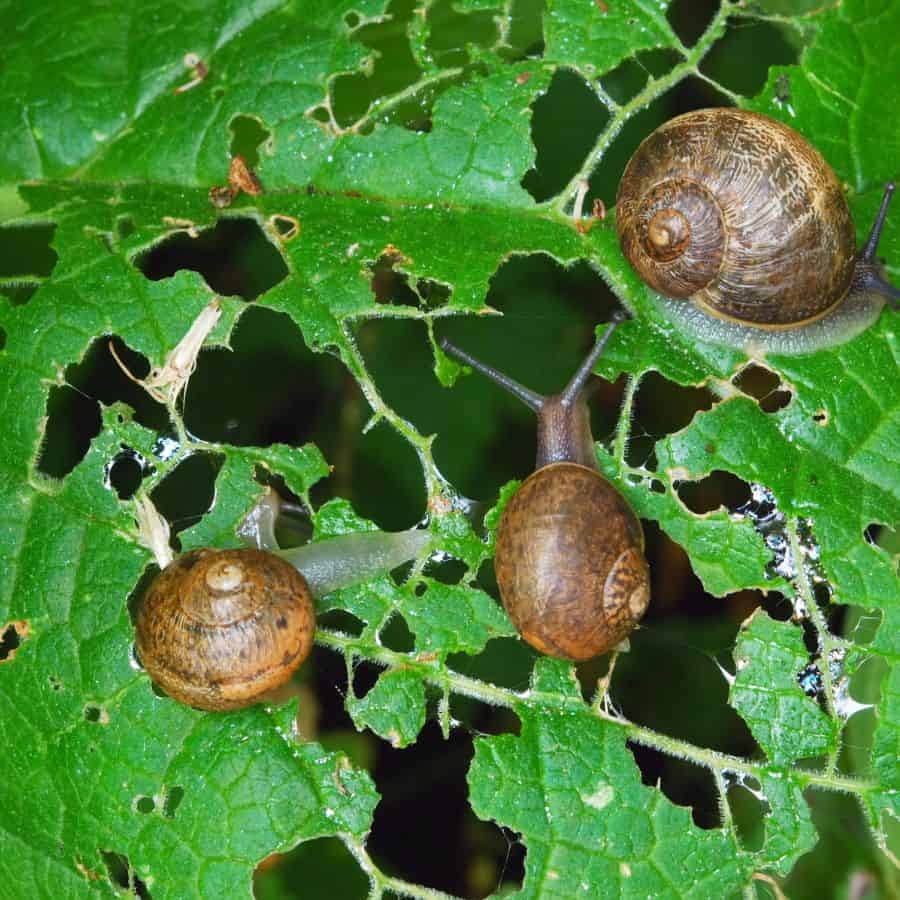

Look for telltale holes, chewed edges, or silvery slime trails. Early detection is your superpower here. Catch these invaders now, and you’ll save yourself months of frustration later.
Organic solutions like diatomaceous earth or copper tape work like invisible force fields around your plants.
3. Amending the Soil with Nutrients
Think of your soil like a bank account. Winter withdrawals left it depleted, and spring is deposit time.
Hostas are nutrient-hungry plants that reward rich soil with spectacular foliage displays.
Work compost or well-rotted manure into the soil around your hostas. This isn’t just feeding; you’re building the foundation for the entire growing season.
Poor soil equals struggling plants, while nutrient-rich soil creates those jaw-dropping, magazine-worthy hosta displays.
4. Dividing and Transplanting Hostas
The difference between amateur and pro plant parents is knowing when to divide. Overcrowded hostas are like teenagers sharing a tiny bedroom, stressed, competing for resources, and underperforming.
Spring division is your opportunity to multiply your hosta collection while improving plant health. Use a sharp knife to separate root clumps into healthy sections.
Each division becomes a new plant, meaning one mature hosta can become five or six stunning specimens.
5. Monitoring for Slug and Snail Activity
I was shocked to discover that a single slug can consume up to 40 times its body weight in plant material daily. That’s like a 150-pound person eating 6,000 pounds of food per day!
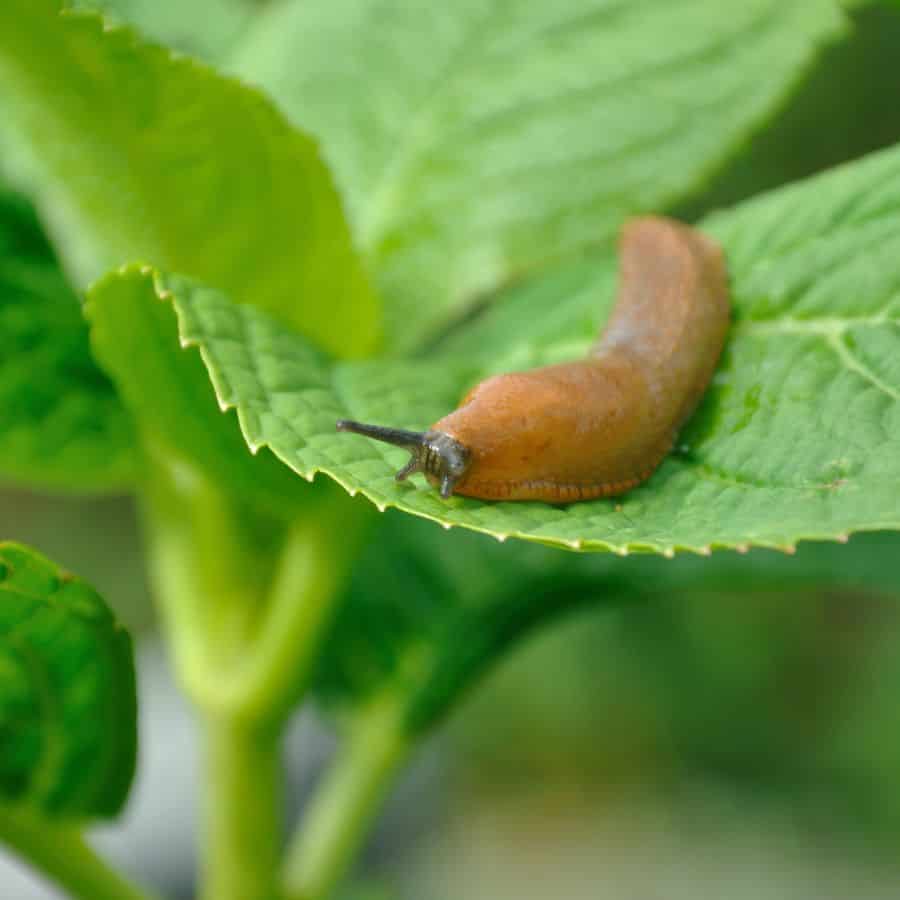
Set up beer traps or use natural repellents before you see damage. These slimy invaders work at night, so morning inspections reveal their destructive handiwork. Prevention beats treatment every single time.
6. Mulching for Moisture Retention
Mulching is like giving your hostas a protective blanket and personal water reservoir all in one.
Proper mulching can reduce watering needs by up to 50% while suppressing weeds that compete for nutrients.
Apply 2-3 inches of organic mulch like shredded bark or leaf mold around plants, but keep it away from emerging shoots. Think of it as creating a moisture-retaining moat around your hosta castle.
7. Watering Techniques for Early Growth
Forget what you’ve heard about daily watering. It’s actually killing your hostas! Deep, infrequent watering encourages robust root systems, while frequent shallow watering creates weak, surface-dependent plants.
Water deeply once a week, allowing soil to dry slightly between sessions. Your hostas will develop the deep, strong root systems that make them drought-tolerant and resilient.
8. Fertilizing for Optimal Health
The game-changer for your hostas isn’t expensive fertilizer. It’s timing and balance. Apply a balanced, slow-release fertilizer in early spring when plants are actively growing and can actually use the nutrients.
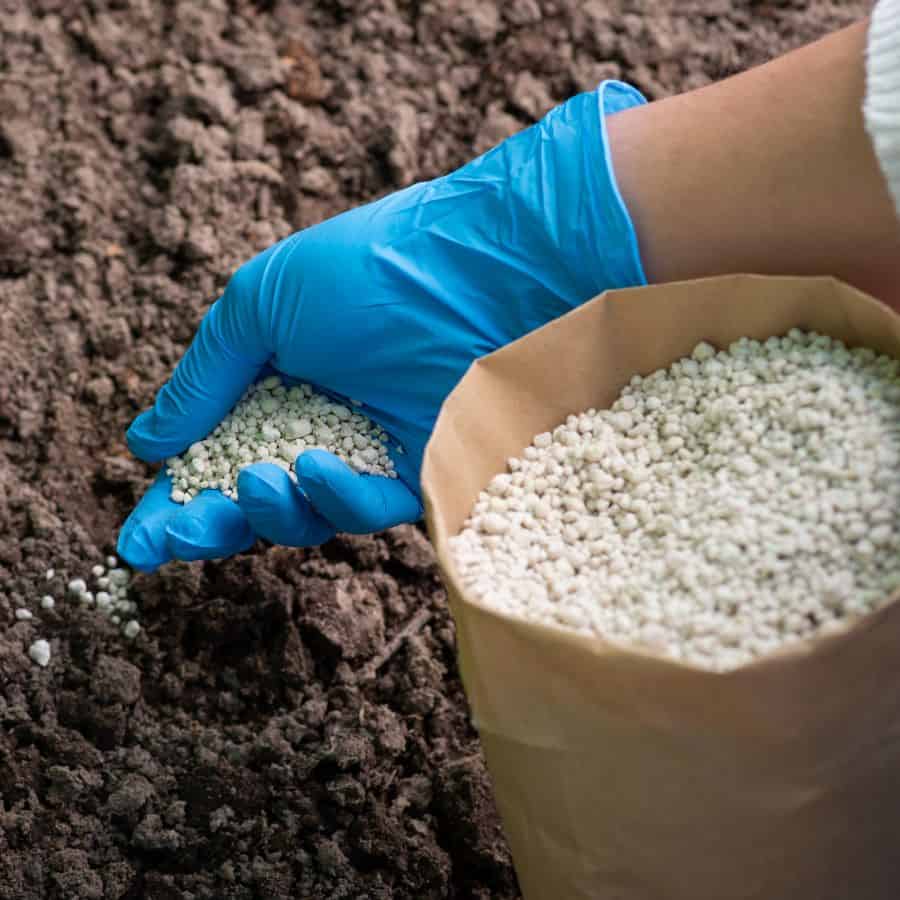

Choose equal parts nitrogen, phosphorus, and potassium (like 10-10-10). Overfertilizing creates lush but weak growth that attracts pests and diseases. Less is more here.
9. Managing Sun Exposure
Your hostas are trying to tell you something important through their leaves. Scorched edges mean too much sun, while pale, stretched growth indicates insufficient light.
Most hostas prefer morning sun and afternoon shade, like having the perfect reading nook.
Assess your garden’s light patterns and adjust plant placement accordingly. Some varieties tolerate more sun, but harsh afternoon rays stress even the toughest hostas.
10. Planning for Seasonal Growth
The secret to a stunning hosta garden is thinking like an architect. Mature hostas can spread 3-6 feet wide, so cramped spacing creates competition and reduces the dramatic impact each plant should have.
Plan placement based on mature sizes, not current plant dimensions. This forward-thinking approach prevents overcrowding and ensures each hosta has space to reach its full spectacular potential.
Here’s the truth: these ten spring tasks might seem like work now, but they’re actually your shortcut to a thriving, low-maintenance hosta garden.
Skip them, and you’ll spend the entire season battling problems that could have been prevented. Master them, and you’ll join the ranks of gardeners whose hostas make neighbors stop and stare in admiration.

